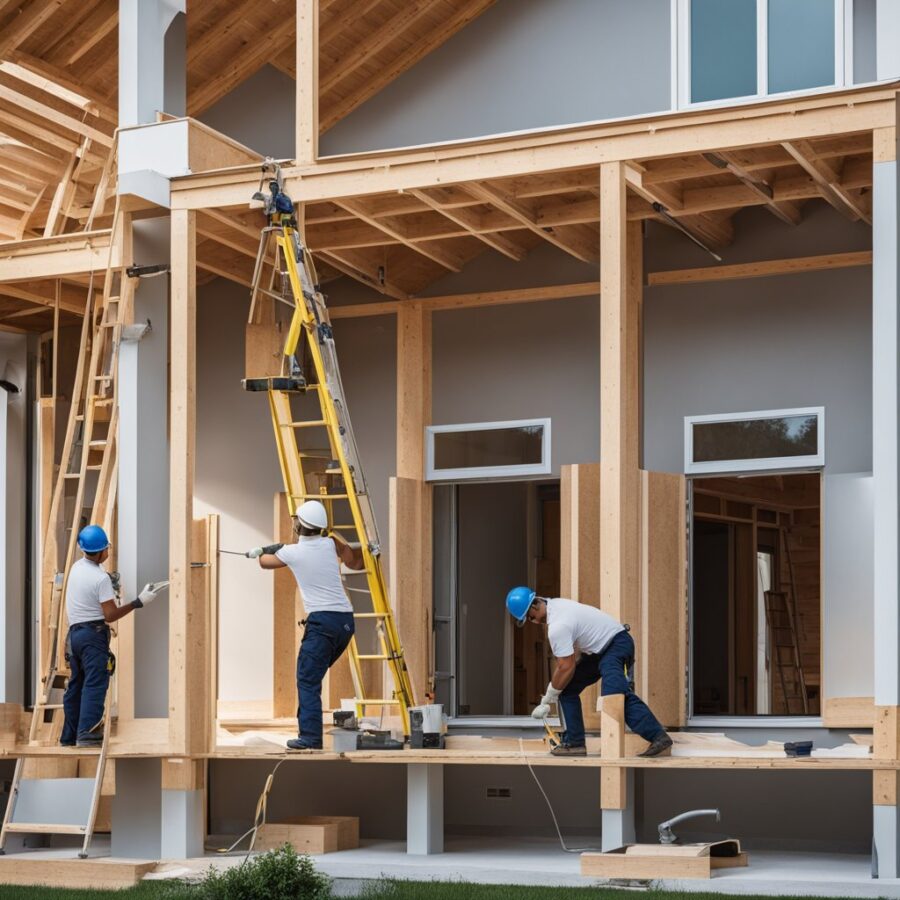In the quest for a more energy-efficient and comfortable home, insulation plays a pivotal role. It’s the unsung hero in our walls, roofs, and floors, keeping the warmth in during the winter and out during the summer. Understanding the basics of house insulation not only helps in making informed decisions for new constructions but also in upgrading existing homes. This guide will walk you through the importance of insulation, the different types available, and tips for maximizing your home’s thermal efficiency.
Why Insulation Matters
Maja soojustamine is crucial for several reasons:
- Energy Efficiency: Proper insulation reduces the amount of heat that escapes from your home in the winter and enters in the summer. This means less energy is required to heat or cool your home, leading to lower utility bills.
- Comfort: Insulation helps maintain a consistent temperature throughout your home, eliminating cold spots and overheated rooms.
- Environmental Impact: By reducing energy consumption, insulation also decreases the carbon footprint of your home.
- Noise Reduction: Many types of insulation also serve as effective sound barriers, reducing the transmission of noise from outside or between different rooms and floors within your home.

Types of Insulation
There are several types of insulation, each with its own set of advantages and applications:
1. Fiberglass
Fiberglass is one of the most common types of insulation, made from fine glass fibers. It’s available in batts and rolls, which are easy to install between wall studs and ceiling joists. It’s also available as loose-fill for blowing into attics and hard-to-reach areas.
2. Cellulose
Cellulose insulation is made from recycled paper products, primarily newspaper, treated with fire retardants. It’s an eco-friendly option that can be blown into walls and attics. It’s particularly effective at filling in nooks and crannies, providing excellent thermal performance.
3. Foam
Foam insulation comes in two main forms: spray foam and rigid foam boards. Spray foam expands to fill cavities, creating a tight seal that significantly reduces air leakage. Rigid foam boards are excellent for insulating basements, crawl spaces, and exterior walls.
4. Mineral Wool
Also known as rock wool or slag wool, mineral wool insulation is made from natural or synthetic fibers. It offers superior fire resistance and soundproofing capabilities, making it a great choice for walls, ceilings, and attics.
5. Reflective Insulation
Reflective insulation, made from aluminum foils with a variety of backings, reflects radiant heat, making it ideal for hot climates. It’s often used in attics to reduce heat gain from the roof.
Maximizing Home Insulation
To get the most out of your insulation, consider the following tips:
- Assess Your Needs: Conduct an energy audit to identify where your home is losing energy. Focus on these areas when upgrading insulation.
- Consider R-Values: The R-value measures an insulation material’s resistance to heat flow. Higher R-values mean better insulating power. Choose insulation with the appropriate R-value for your climate and the part of your home you’re insulating.
- Seal Air Leaks: Insulation is most effective when combined with a good air sealing strategy. Seal gaps around doors, windows, and where utilities enter your home.
- Professional Installation: While some types of insulation are DIY-friendly, others, like spray foam, require professional installation. Ensure it’s installed correctly to maximize its effectiveness.
Conclusion
Investing in proper house insulation is a smart move that pays off in reduced energy bills, increased comfort, and a lower environmental impact. By understanding the different types of insulation and their applications, you can make informed decisions that will benefit your home for years to come. Whether you’re building a new home or upgrading an existing one, consider the role of insulation in creating a more efficient and comfortable living space.



